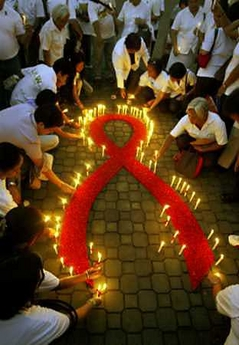There is no other way to introduce myself other than to explain a little of my ideas that have been forming in recent years, my involvement with gender studies and the impact that knowing the experiences of many people I have met in recent years has had on my way of thinking. see, reflect and think about the world.
I was invited to write a “trans” column on this site. I had to refuse a space like this, and here’s the explanation…
Categories limit us. They are there to “diagnose” us, to extract what is individual and therefore human in us. We can define issues, perspectives, but not people. We are complex. Simplicity only exists as a mechanism for organizing thought to understand reality, but in practice the law of entropy applies. (Fate is chaos).
The most obscene can be observed in identity groups. The origin of identitarianism would be at the beginning of the century, from the perspective of class struggle as a single perspective until the 60s and 70s, when other perspectives gave way, including mainly the civil rights movements and the second wave of feminism. Political action began to take place based on the exchange of common experiences and from these experiences the political identity of each category emerges. The most obvious example of identitarianism today is given by the GLBT movement (or LGBT, or GLBTT, or GLBTTT, or GLBTI, or GLBTIQ, …).
There are two important criticisms to be analyzed in relation to the political identities model. Joan W. Scott problematizes the experience by showing that “while the political identity model points out that black Americans have a common experience, this is not necessarily the case. In fact, two black Americans can have different experiences even if they are of the same gender, sexual orientation, and social class.” Each individual experience is unique and cannot serve as a basis for theory, interpretation of history or politics.1
Another problem arises from the borders imposed by identity politics. No matter where we draw the line, there will always be someone in the middle of it.2 If a woman is defined based on her genital morphology at birth, what is the place of transsexual women? And if I divide humanity between men and women, what is the place of people who see themselves as neither one nor the other?
We are not a mere letter, a mere identity, a mere sex. We are much more than that. My constitution as a person cannot be defined based on one, two, three or four terms. Because there is a history of it, with past and present, there is a body, there is my living memory of experiences, feelings that make me unique.
So I end this text with Michelle O Brien:
“I find myself reluctant to say “I am a man” or “I am a woman”, or “I was a man” or “I was a woman” or “I became this or that”; just as much as I feel reluctant to say “I’m intersex”, or “I’m transgender”, or “I’m intergender”, or “I’m gay”, or “I’m lesbian”, or “I’m not gay” – because that It doesn’t define who I am. They are ways of categorizing myself in order for others to have power over me. This power is so significant that all forces of the State and medicine are involved in trying to force such compliance.”3
1Joan W. Scott apud Clancy Ratliff, Identity Politics: Genealogy, Problems, Legitimacy http://culturecat.net/node/257
2Emi Koyama apud Clancy Ratliff, ditto.
3Michelle O Brien, How to Define a Term without Defining the Person.
Image: Andy Doro, “Leeds Electronics, Williamsburg”, Wikimedia under the license Creative Commons Attribution 2.0 Generic


